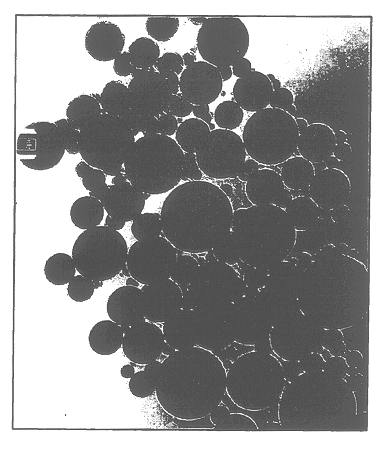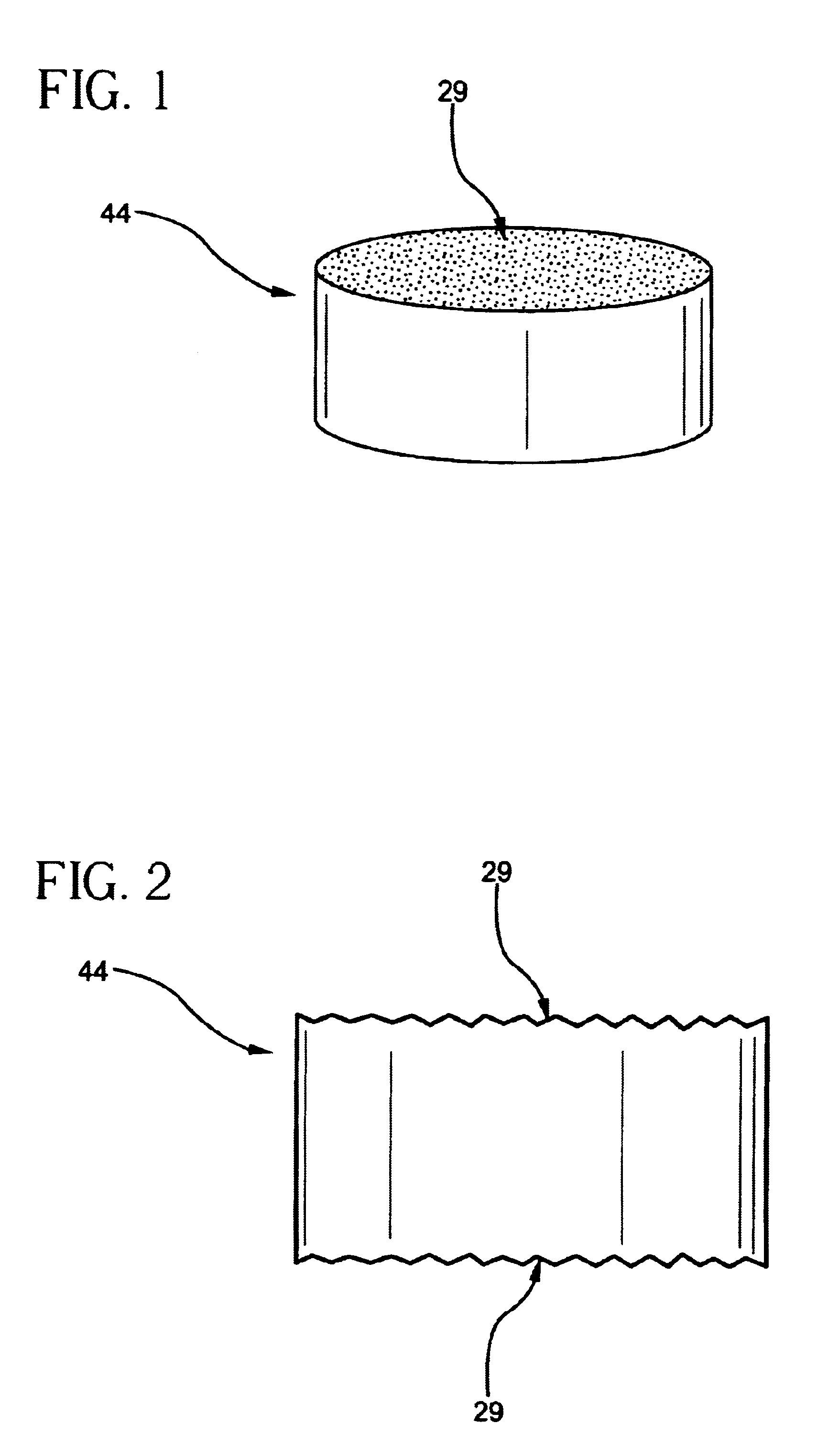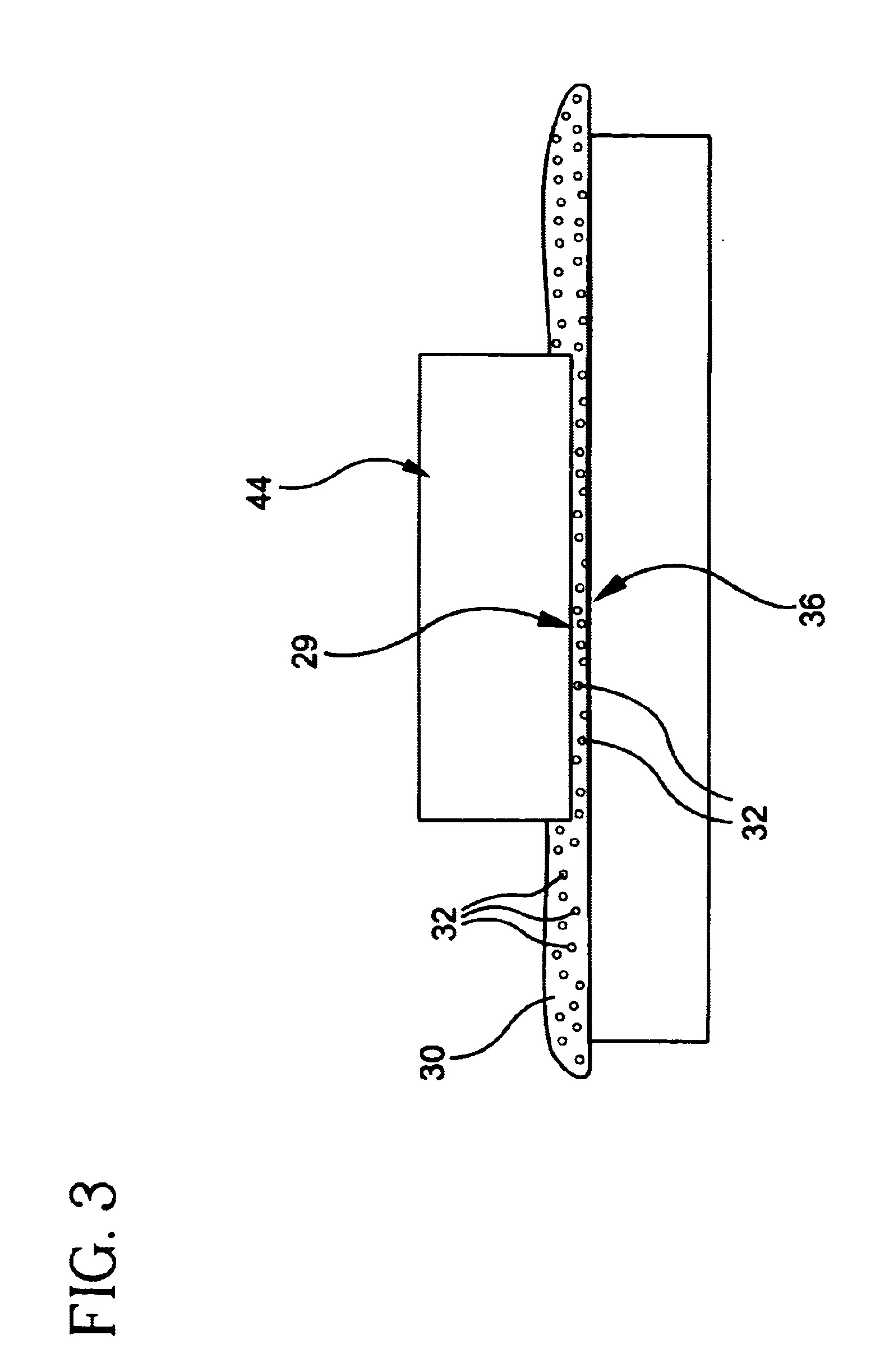The invention includes a method of making optical fluoride crystal components, preferably optical fluoride crystal laser components and optical lithography systems such as utilized in below 200 nm excimer lasers and optical lithography systems. The method includes providing an optical fluoride crystal having an initial polish finished surface with an initial finish surface roughness greater than 1 nm RMS and an initial finish flatness, providing an optical fluoride crystal final polishing solution, said final polishing solution comprised of a plurality of particulate abrasive agent colloidal silica soot, and polishing with said provided optical fluoride crystal final polishing solution said provided optical fluoride crystal initial polish finished surface to a final polished surface having a reduction in flatness no greater than 50% of said initial finish flatness, and said final polished surface having a final polished surface roughness less than 1 nm RMS. The invention provides a beneficial final polish of 0.5 nm RMS or better to a fluoride crystal that has an initial polished surface less than 5 nm RMS. The polishing solution can be aqueous, preferably in the pH range of 2-12, and more preferably 9-12. In an alternative embodiment the polishing solution is non-aqueous, such as based on ethylene glycol or kerosene. The spherical soot particles provide beneficial polishing of fluoride crystal with little to no scratching and a finer surface finish. The soot particle polish provides better retention of form and figure, and particularly flatness for flat surface optical elements such as laser components, with the belief that the soot particles form a beneficial polishing barrier (due to particle size and size distribution) between the fluoride crystal surface and the polishing pad utilized in the polishing of the fluoride crystal surface. The soot particle polish is preferably applied with a synthetic polishing pad, with the soot providing improved removal rates and preventing damage from polishing pad contact with the fluoride crystal surface, preferably with the soot particles filling the pad pores to form a surface of spherical soot particles that the crystal surface is abraded against.
As such, the pH.sub.PZC values for SiO.sub.2 and TiO.sub.2 --SiO.sub.2 soot particles were determined to be 3.5.+-.0.1 and 2.5.+-.0.1 respectively. The TiO.sub.2 doping of SiO.sub.2 soot increases surface acidity.
A potential difference in solubility behavior between the soot particles and the parent glasses exists due to the difference in thermal history. With recovery of the fused SiO.sub.2 and TiO.sub.2 --SiO.sub.2 soot particles 32 as a byproduct from the manufacturing process and exhausted from the furnace, the annealing cycle that the glass body boule undergoes in the furnace is not applied to the soot. Research has shown that the annealing process for E-glass lowers the rate of acid corrosion, indicating that glass surfaces become less hydroxylated during annealing. FIGS. 14(c) and (d) demonstrate very similar degree of condensation of soot and glass, the major difference being higher Q.sup.3 component in the .sup.29 Si signal of each soot most likely due to higher OH content caused by much higher surface area of soot 32 compared to glass. The annealing process may also have decreased the OH content of each glass, resulting in a higher surface charge per unit area expected for each soot as compared to the glass surfaces. Thus, the glass surface might show higher corrosion resistance than the soot particles. However, there is no reason to suspect that structural relaxation during annealing affects surface charge results. Thus, the dissociation constants of the SiO.sub.2 soot and TiO.sub.2 --SiO.sub.2 soot materials are believed to be the same for the parent glasses, with the difference in structural relaxation and condensation affecting only the number of surface OH groups which in turn affects the surface reactivity in processes such as corrosion.
Results show that the inventive fused silica soot particles 32 exhibit greater slurry stability in terms of less agglomeration and / or gellation effects when mixed into a slurry 30. Soot 32 has beneficial lower surface areas, thus promoting lower concentrations of surface charges in solution where particles are mixed to identical weight percents in comparison to fumed silica particles. As a result, the soot 32 can me mixed to greater solids loading (e.g., >10 weight percent) while maintaining lower viscosity values and reflecting Newtonian behavior.
The method of making slurry 30 includes loading at least 1 wt. % of the soot, and more preferably greater than 3 wt. % of the soot in the slurry. Loading at least 1 wt. % preferably includes loading up to 15 wt. % soot into the slurry. With a slurry pH in the range of 1 to 12, more preferably a pH.ltoreq.7, the slurry has stability with loadings in the 3 to 10 wt. % range. The soot slurry 30 has beneficial stability at loadings greater than 3 wt. % as compared to fumed silica slurries, and particularly beneficial 3 and 6 wt. % loadings with low pH's<7. The method includes dispersing a greater than 3 wt. %, preferably 6 wt. %, more preferably 10 wt. % loading of soot wherein the slurry is agglomeration inhibited, gellation inhibited, and has a stabilized viscosity.
The inventive solution is preferably adjusted to a pH that will allow for attainment of the best surface finish, form and figure, and the solution is stabilized from agglomeration and pH shifts during storage.
 Login to View More
Login to View More 


